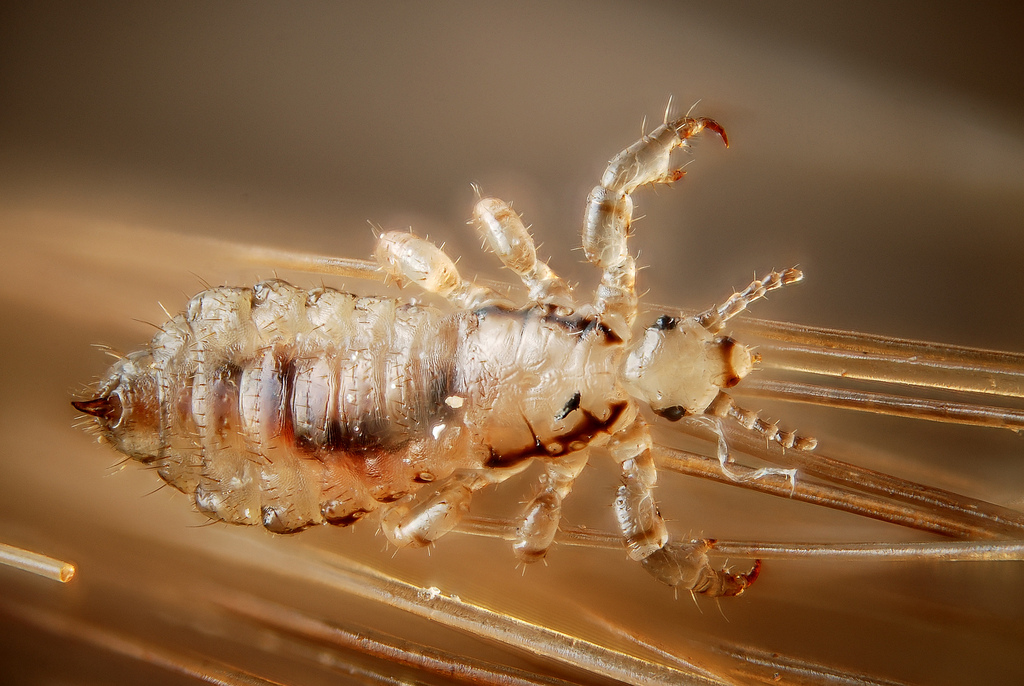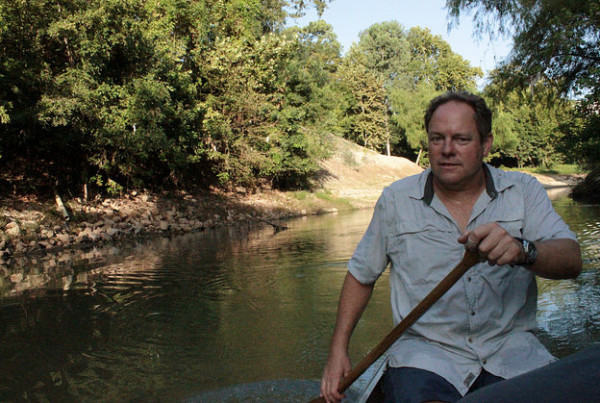We’ve all heard of the cringe-inducing critters, and many of us have been unfortunate enough to see them. Although Texas doesn’t have official numbers on head lice cases, the U.S. Center for Disease Control and Prevention estimates six to 12 million cases among kids from pre-school to middle school every year. Chris Van Deusen, spokesman for the Texas Department of State Health Services, says lice are all too common among school-aged Texans.
“They are very small insects, parasite, that can be found on the head, or even eyebrows and eyelashes or people,” he says. “They don’t have wings and they don’t jump, so it really is sort of, direct contact between people that can transmit the lice from one person to another.”
As many parents know, the bugs can be annoyingly hard to control. Traditional treatments include over-the-counter shampoo, washing sheets, blankets and clothes, submerging toys in hot water, and a lot of vacuuming. But this year, there’s something new to deal with: Texas is one of 25 states that reported a strain of head lice that can’t be treated with traditional treatment, according to a new report by the American Chemical Society.
“It’s not particularly new,” Van Deusen says. “We’ve certainly been hearing from school districts over the last several years that there has been some issue with lice that aren’t responding to the usual over-the-counter treatment.”
Head lice are parasites that feed on small amounts of blood and crawl up people’s hair to their warm scalp. They don’t spread diseases, and any child can get them. It’s not a cleanliness issue and it isn’t associated with any socioeconomic class. At Athena Montessori Academy in Austin, the school sees around one to three outbreaks a year.
“We have a no nit policy, so if we do see something, then we check if they have lice or have a nit,” says Lisl Friday, the school’s owner. “Then immediately they go home, and we send an email out to entire community with lots of information for parents about what to look for, and how to treat it, and how to prevent it.”
Most schools follow similar guidelines. But many parents say there are ways to prevent lice in the first place: Tying up long hair, using lice repellant like tea tree oil, citronella or even hair spray, and keeping brushes and hair ties in plastic bags. Most importantly is doing regular checks of your kids’ hair. Friday suggests parents pay close attention to the base of the neck, where lice are most commonly found.
“Because once it’s starts to spread, once it becomes rampant, then it’s very challenging to get ahold of,” says Friday.
Sandie Coco’s 8-year-old got a case at school last year. She says it was a real headache to treat.
“I ended up using chemicals, which is not something I’m usually a fan of,” Coco says. “But I didn’t really know how else to get rid of it.”
Van Deusen says there are prescription shampoos that work on the drug-resistant lice. But if you want to avoid chemicals, businesses in most cities have sprouted up to deal with lice in a non-toxic way, by combing them out one nit at a time.















